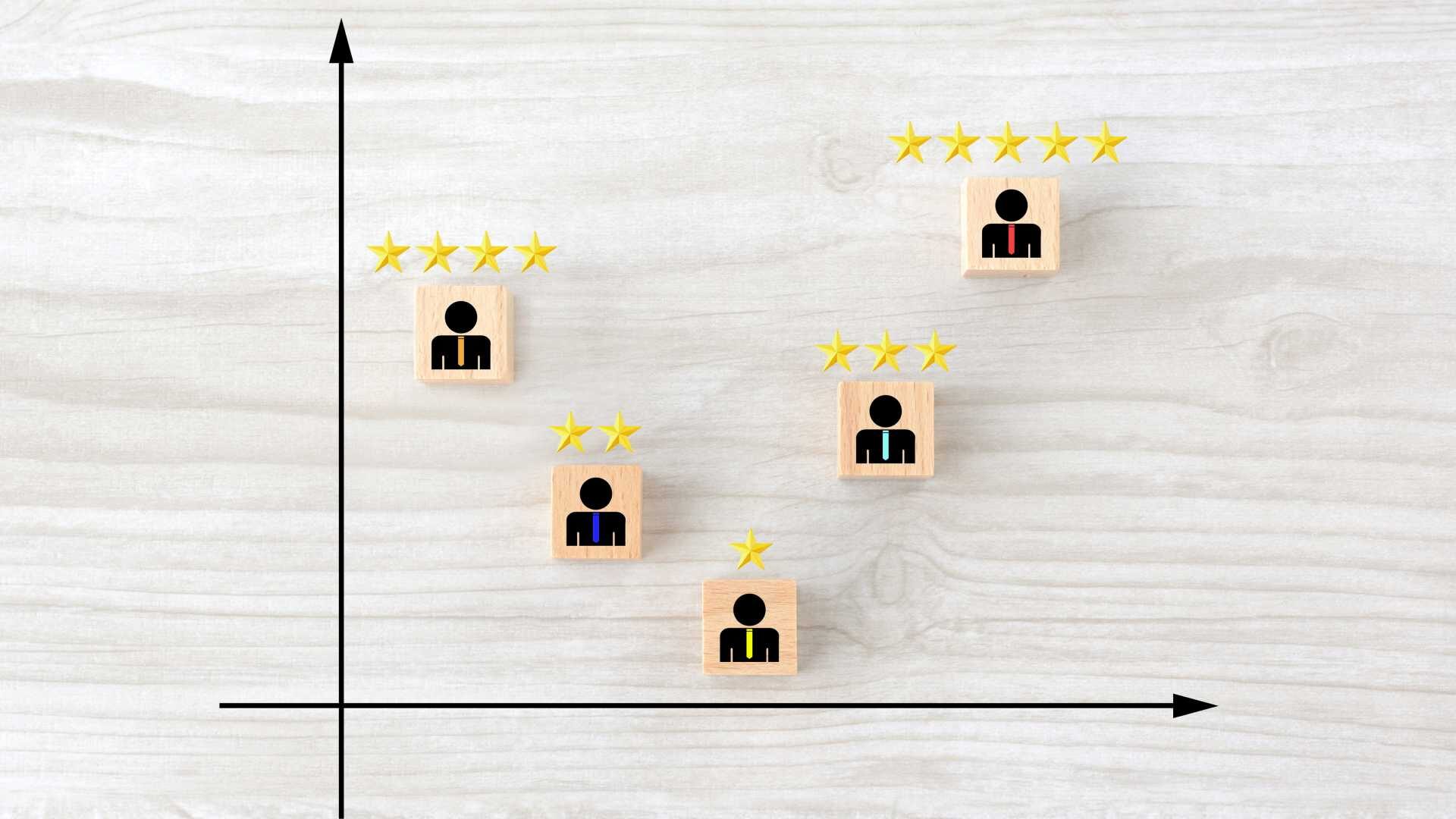Business, technology and innovation are evolving at a faster pace than ever before in history. Employees are also transitioning jobs and careers at an increased rate amid The Great Resignation. While these changes create new opportunities, it also elevates the urgency of the already increasing need for employees to have skillsets they may not currently possess, in other words, a skills gap.
What is a “skills gap?” This is when the skills the employees have do not align with what they need to do their job or for that of the business.
So, what can leaders do to identify and bridge the skills gaps on their teams? Consider these tips.
1. Know the needs and goals of the organization.
To ensure employees have the right knowledge, skills and abilities (KSAs) for their role, they need to align with the objectives and direction of the business. Anticipate the projects, programs or specific work your people will need to lead or support these initiatives and what tools and skills will be needed.
2. Understand the current skills that exist among the team.
Leaders need to be aware of what their people are currently doing and what they are capable of. This means observing and paying attention to the caliber of work output. If there is a technical aptitude, do they have the ability to operate the specific systems and platforms? Are they able to utilize the modern tools and resources and have a working knowledge how to accomplish the job at hand? Do they possess any advanced skills to execute more in-depth analyses or higher-level processes that may be needed?
Not all skills gaps are technical. Some employees may need to develop skills in areas such as critical thinking, prioritization, time management, public speaking, leadership, etc.
Leaders can’t always view everything their people do, so it is beneficial to have conversations with team members to gain the employee’s perspective on skill areas they need to learn or enhance. Talk with your people. Listen to what they feel their strengths and challenges are.
Ask others. Whether through conversational evaluation or a more formal 360-review, hear from their peers and colleagues how your employee performs on other projects and teams. Do others see them demonstrate specific competencies or do they recognize where your employee struggles and needs some professional development?
Additionally, skills assessments are a great way to effectively measure capabilities. Conduct a skills gap analysis for a more formal process to identify the current skills capabilities of employees and how they measure to the organization’s strategic goals and future needs.
3. Start closing the gap.
There can be various ways to mitigate and close skills gaps. The most common is to identify and offer training for employees so they can expand their capabilities. Upskill people so they can elevate skills to optimize performance in their role. Another option is to reskill people in new or other areas of the business where they may have an aptitude and provide a strong contribution. In this day of innovation and collaboration, one could also cross-skill to develop an expertise in dual areas of the business.
Through previous observations and assessments, leaders should be able to offer recommendations to their employees to address the skills gap and the suggested training needed. Often, team members do not know what they need to learn or might feel unsure or intimidated to ask for training. They also might not understand how it aligns to the organization. Leaders can, and should, explain the connection to the objectives.
Also, be sure to identify the mode of delivery for which each employee learns best. Enable them to attend an off-site workshop, receive on-the-job training (OJT) if needed, select self-paced learning or other forms of professional development that best suits their preferred way of learning so they can retain and apply the skills effectively.
Motivate and support employees. Encourage professional and personal development. Allow your people the time and space they need to learn.
4. Get creative.
If there are skills your team does not have, and cannot learn with training or resources available, you may need to consider other options that could benefit the team and the company.
Move people within the organization. If an employee has a certain skill set that is useful on another team, let them move to the area where their skills are most needed. If it can’t be readily trained, bring in talent who do have the skills you need. Consider options such as consultants, contractors, and gig workers to perform specific tasks and project work on a shorter, non-permanent basis. Outsourcing the work to a third-party subject matter expert (SME) is another way to deliver what is needed for the business.
In conclusion, knowledge and skills gaps exist in every business and will continue to grow as modernization and the pace of business continually increase. It’s imperative for leaders to stay engaged with their employees, and to consistently evaluate business needs to bridge the skills gap by ensuring the people doing the work have the capabilities to performing to the ever-changing needs of the organization.










